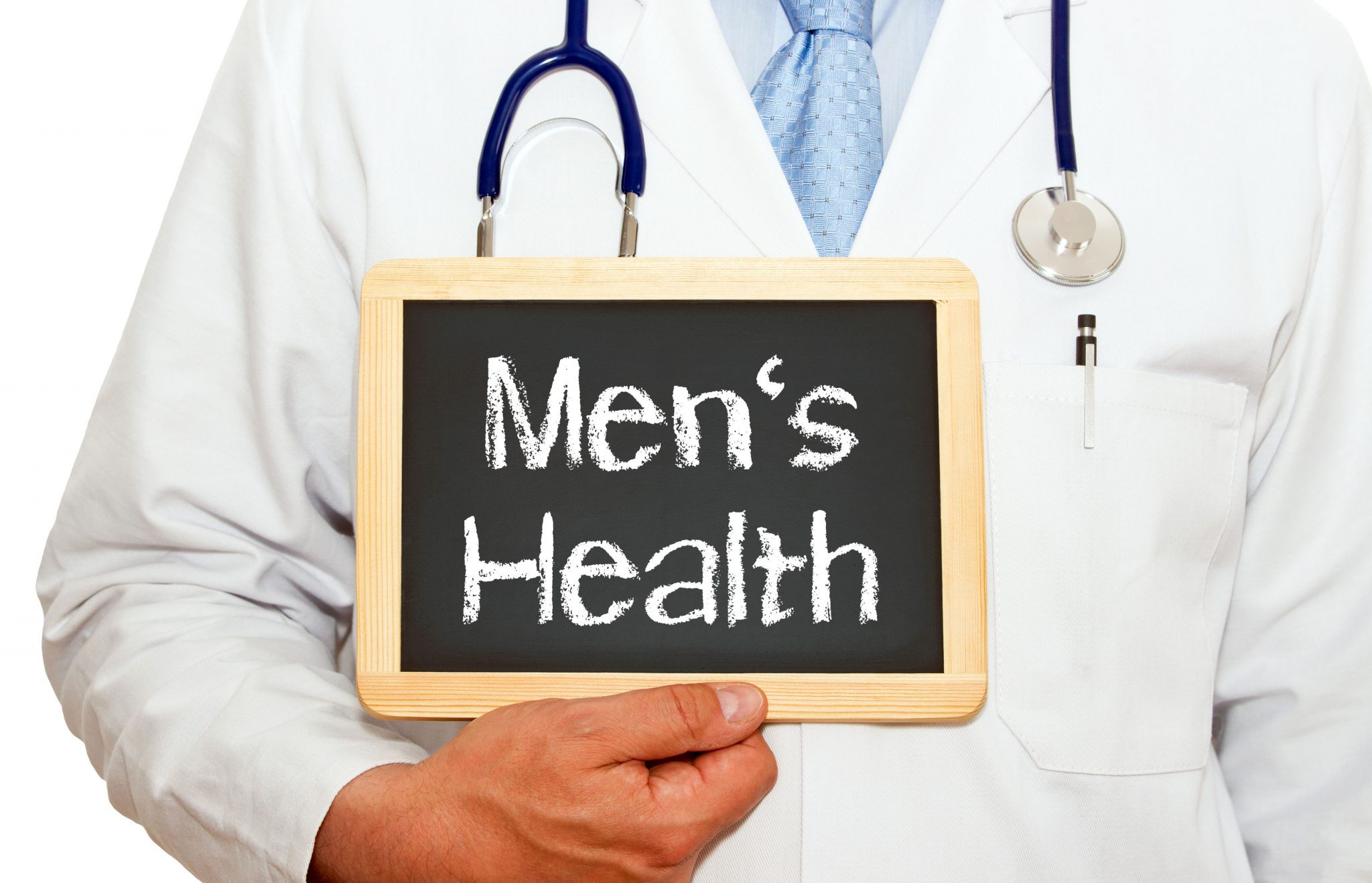Introduction
We like to use Fathers’ Day to launch Men’s Health Awareness. Join us, and continue the love and support you offered the men in your life!
Take a moment to think through the variety of concerns of our fathers.
- Many of our fathers are of advancing ages and have to address all the ramifications of that, including arthritis, coronary artery disease, peripheral vascular disease and cancer. With the likelihood of suffering from multiple diseases, it is probable that they are taking multiple medications, leaving them susceptible to medication side effects and drug interactions. Either of these concerns can result in falls, leading to trauma, fractures and head injuries. Additionally, many fathers have to deal with Alzheimer’s and/or dementia type issues.
- Some of our fathers have been taken from us by gunshots or other forms of violence. Remember, public health concerns have caused more deaths than medical illness.
- On a lighter note, a lot of fathers will only have to suffer the embarrassment of a minor burn over the grill!
Think Prevention!
All of this is meant to point out the need for health prevention in a group that utilizes health care much less than women and children. If you’re in the gift giving mood for your fathers, do better than that not-so-attractive tie. Think health. Get one of those health monitors that track steps, eating and sleeping habits. How about a treadmill? Try a safety helmet if he’s a motorcycle rider. Grab some manly mittens for the grill. Get him a back brace or a dolly to help with the duties he performs around the house. Make him an appointment to see his physician.
As a father, when I think of my health and what my loved ones can best do to contribute to it year-round, I think of happiness. Fathers are providers and protectors. If you’re lucky enough to still have your father around, take a moment, and let him know the ways he’s contributed to your happiness. That’s pretty simple and shouldn’t be that much to ask. Don’t discount the impact of happiness on health.
On Straight, No Chaser, we often discuss the intersection of health and happiness, and during Men’s Health Week and on a day like Father’s Day, that discussion becomes both important and meaningful. It is quite likely that on this day, fathers everywhere are reflecting on the meaning of life and realizing that fatherhood is our ultimate legacy. So while you’re rewarding your favorite guy (with healthy food, no doubt), lay the love sauce on a little thick. It’s needed and will be appreciated. Happy Fathers’ Day to all those deserving men out there. Now let’s get into some health and medical facts.
Health Facts
(Source: Centers for Disease Control and Prevention)
- Men die at higher rates than women from 9 of the top 10 causes of death and are the victims of over 92% of workplace deaths.
- In 1920, women lived, on average, one year longer than men. Now, on average, men die almost five years earlier than women.
Who is the Weaker Sex?
- 115 males are conceived for every 100 females.
- The male fetus is at greater risk of miscarriage and stillbirth.
- 25% more newborn males die than females.
- 3/5 of SIDS victims are boys.
- Men suffer hearing loss at 2x the rate of women.
- Testosterone is linked to elevations of LDL, the bad cholesterol, and declines in HDL, the good cholesterol.
- Men have fewer infection – fighting T-cells and are thought to have weaker immune systems than women.
- By the age of 100, women outnumber men eight to one.
Prevention
- Women are 100% more likely to visit the doctor for annual examinations and preventive services than men.
Depression and Suicide
- Depression in men is undiagnosed contributing to the fact that men are 4 x as likely to commit suicide.
- Among ages 15 to 19, boys were 3.1x as likely as girls to commit suicide.
- Among ages 20 to 24, males were 4.6 x as likely to commit suicide as females
- The suicide rate for persons age 65 and above shows a 6x more frequent occurrence in men than in women.
Men as Victims of Homicide
- Black males: 1 in 30
- White males: 1 in 179
- Black females: 1 in 132
- White females: 1 in 495
There’s More!
Read these additional Straight, No Chaser posts for general and specific information on points related to men’s health.

Follow us!
Ask your SMA expert consultant any questions you may have on this topic. Also, take the #72HoursChallenge, and join the community. Additionally, as a thank you, we’re offering you a complimentary 30-day membership at www.72hourslife.com. Just use the code #NoChaser, and yes, it’s ok if you share!
Order your copy of Dr. Sterling’s books There are 72 Hours in a Day: Using Efficiency to Better Enjoy Every Part of Your Life and The 72 Hours in a Day Workbook: The Journey to The 72 Hours Life in 72 Days at Amazon or at www.jeffreysterlingbooks.com. Another free benefit to our readers is introductory pricing with multiple orders and bundles!
Thanks for liking and following Straight, No Chaser! This public service provides a sample of http://www.SterlingMedicalAdvice.com (SMA) and 844-SMA-TALK. Likewise, please share our page with your friends on WordPress! Also like us on Facebook @ SterlingMedicalAdvice.com! Follow us on Twitter at @asksterlingmd.
Copyright ©2013- 2019 · Sterling Initiatives, LLC · Powered by WordPress



















 You should be aware of a study out of the University of California-Los Angeles, which notes two particularly disturbing findings about treatment of low testosterone:
You should be aware of a study out of the University of California-Los Angeles, which notes two particularly disturbing findings about treatment of low testosterone:



